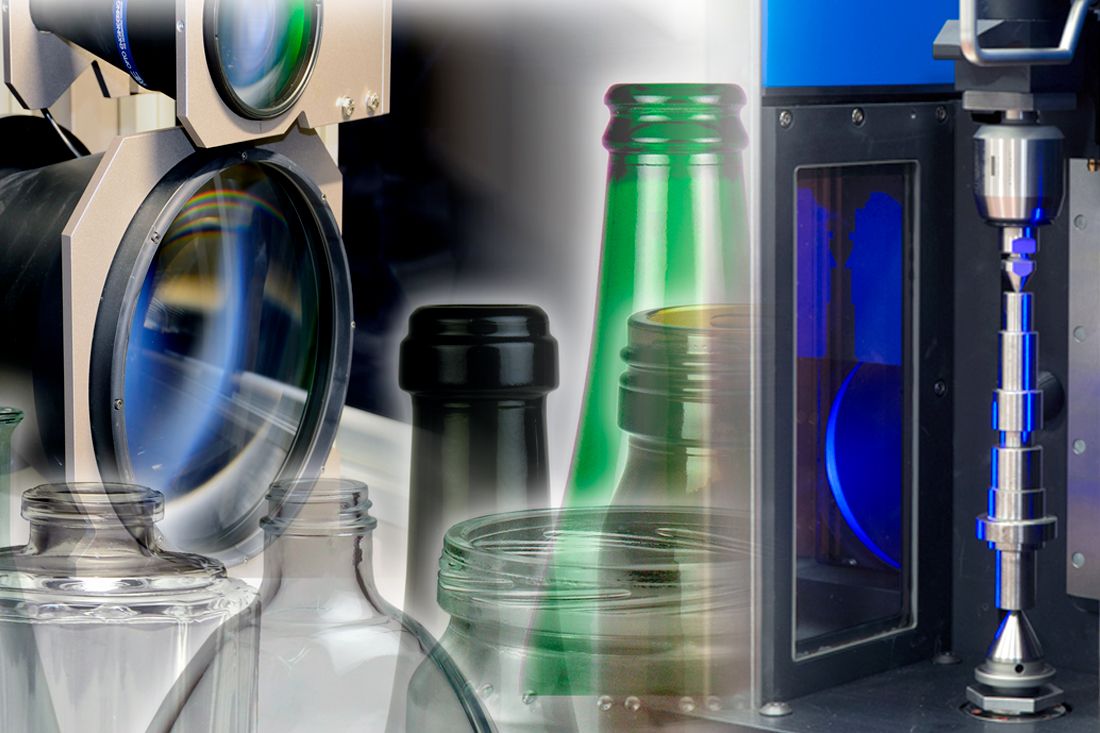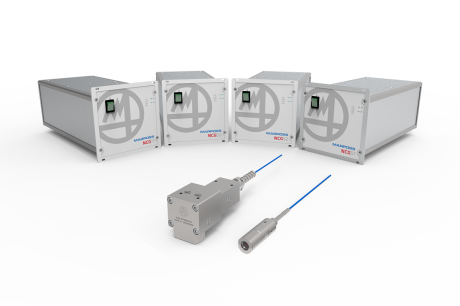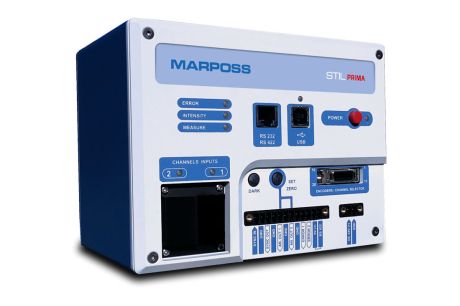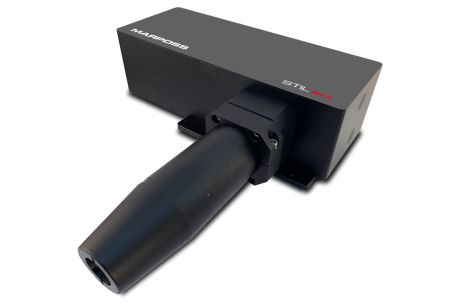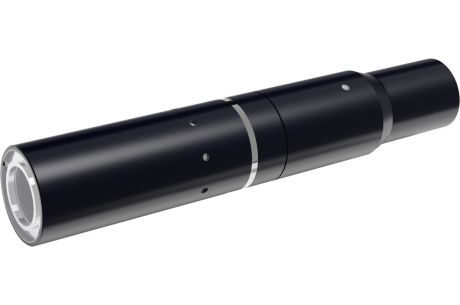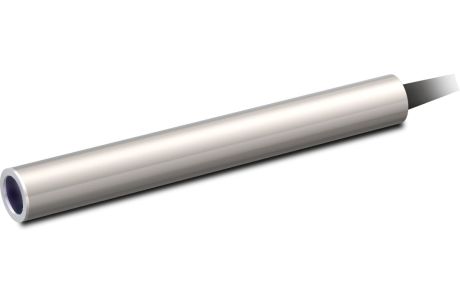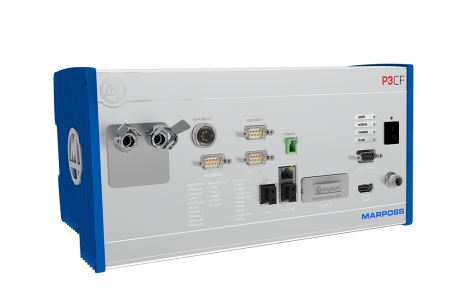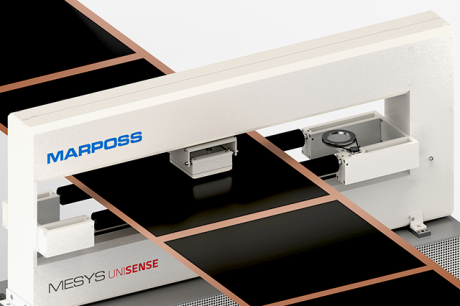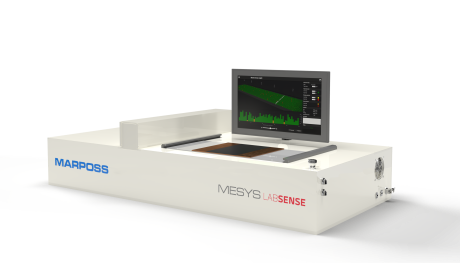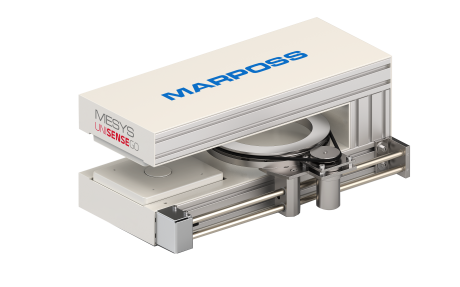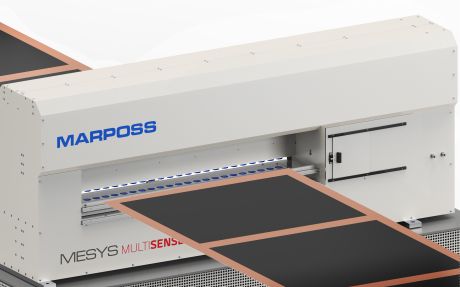BENEFITS
- High speed inspection
- Flexibility
- Possibility to inspect smooth surfaces
- Possibility to inspect geometry features not measurable by contact technology
DESCRIPTION
There are four types of Optical Technologies that Marposs bases its non-contact equipment on:
- SHADOW CAST: The shadow of the part’s edges being measured is projected through a precisely aligned light beam onto a linear array of photodiodes (CCD). The dark-to-light and light-to-dark transitions are located on the CCD sensor. The CCD signal is read electronically, processed by algorithms with a sub-pixel resolution and correlated with the dimensional value of the shadow section.
- REFLECTOMETRY: An opto-electronic device includes an optical fiber probe that emits a divergent optical beam towards a target. The target reflects the optical beam back to the probe. The probe transmits the reflected optical beam to a couple of photodiodes through two distinct channels. The intensity of the signal detected by the two photodiodes depends on the distance of the surface and on the arrangement of the fibers inside the two channels. Appropriate electronic processing allows to determine the surface distance from the probe.
- INTERFEROMETRY: An optoelectronic device, which includes an optical fiber probe, emits a focused optical beam towards a target. The target reflects the optical beam back to the probe. The probe transmits, through the same fiber, the reflected optical beam to a spectrometer. This reflected optical beam consists of mutually interfering rays that come from the outside surface of the target and from the target internal layers, that the incident beam is able to reach. Appropriate electronic processing allows to determine the intralayer thickness values of the target or, when enabled, the distance from the probe to the outside surface and to the intralayer surfaces of the target.
- CHROMATIC CONFOCAL: An optoelectronic device sends a chromatically aberrated beam on the target. The target reflects the optical beam back to the probe. The probe transmits, through the same fiber, the reflected optical beam to a spectrometer. The reflected optical beam consists of rays coming from the outside surface of the object and from the target internal surfaces that the incident beam is able to reach. The reflected light intensity is at a maximum for the wave lengths focused on the surfaces. Appropriate electronic processing allows to determine the intralayer thickness values of the target or the distance from the probe to the outside surface and to the intralayer surfaces of the target.
Marposs also uses Eddy Current Technology to perform non-contact displacement measuring.
- The primary time-varying magnetic field of an electrically powered coil induces currents inside the conductive material of the target placed in front of it generating a secondary time-varying magnetic field. Dedicated circuits elaborate the mutual interaction between the primary and secondary magnetic fields providing an electrical signal related to the distance between the coil and the target.
Download
